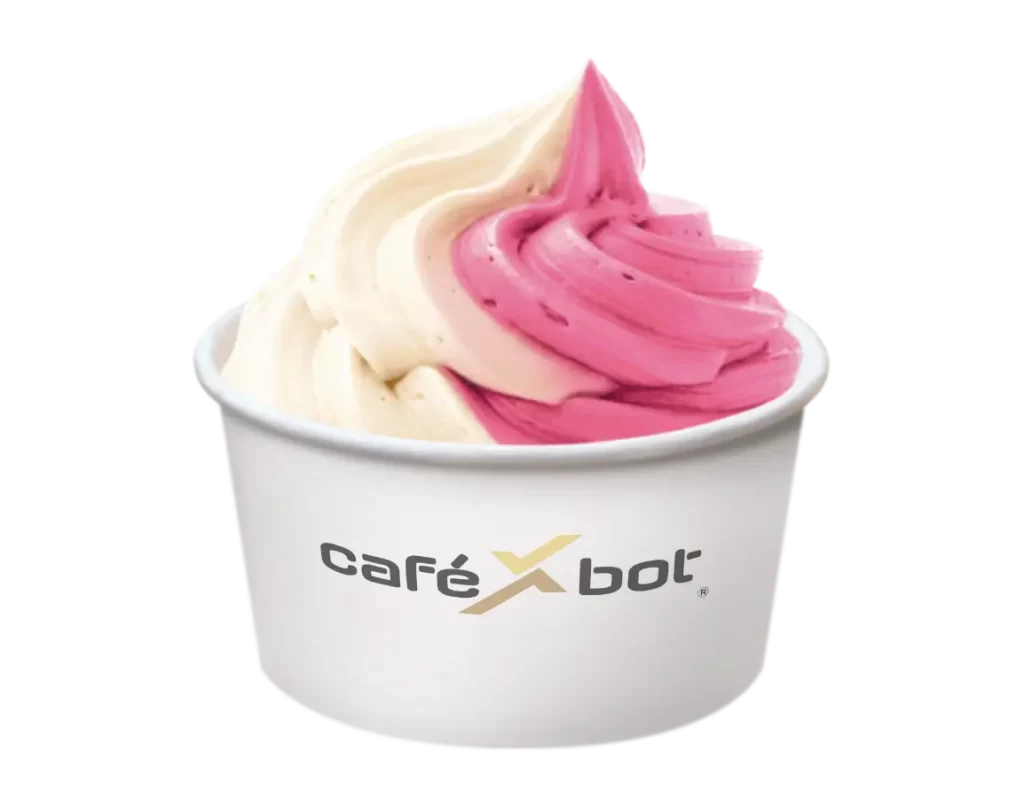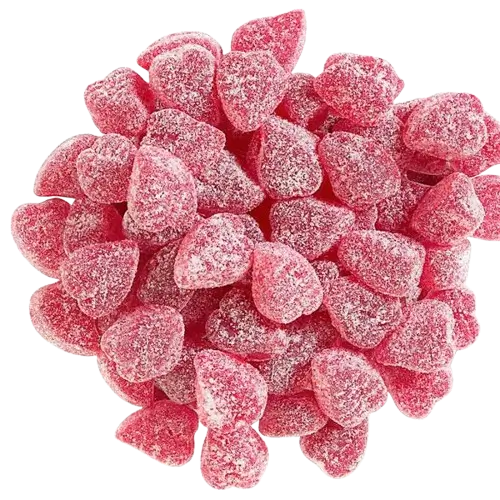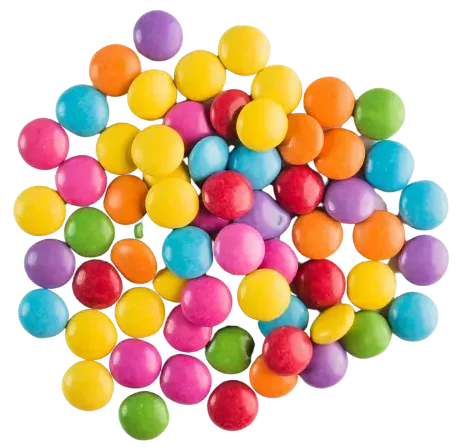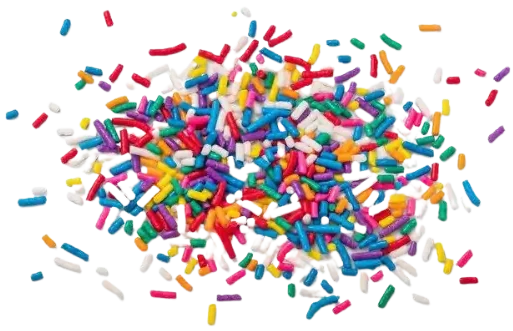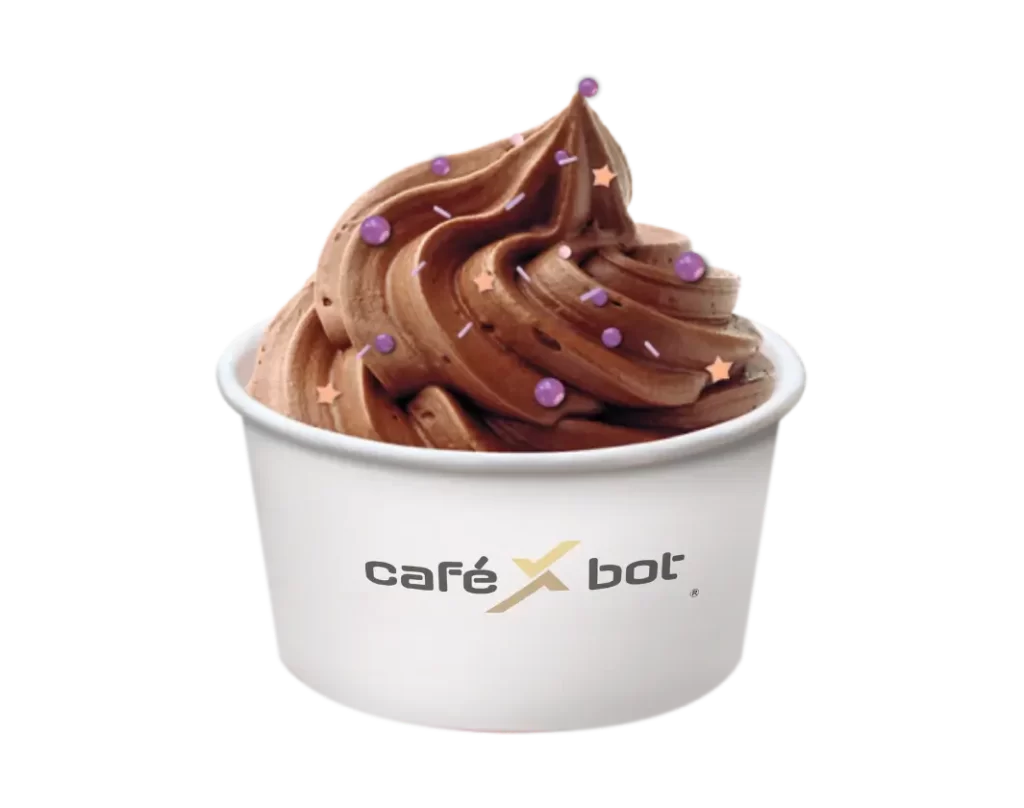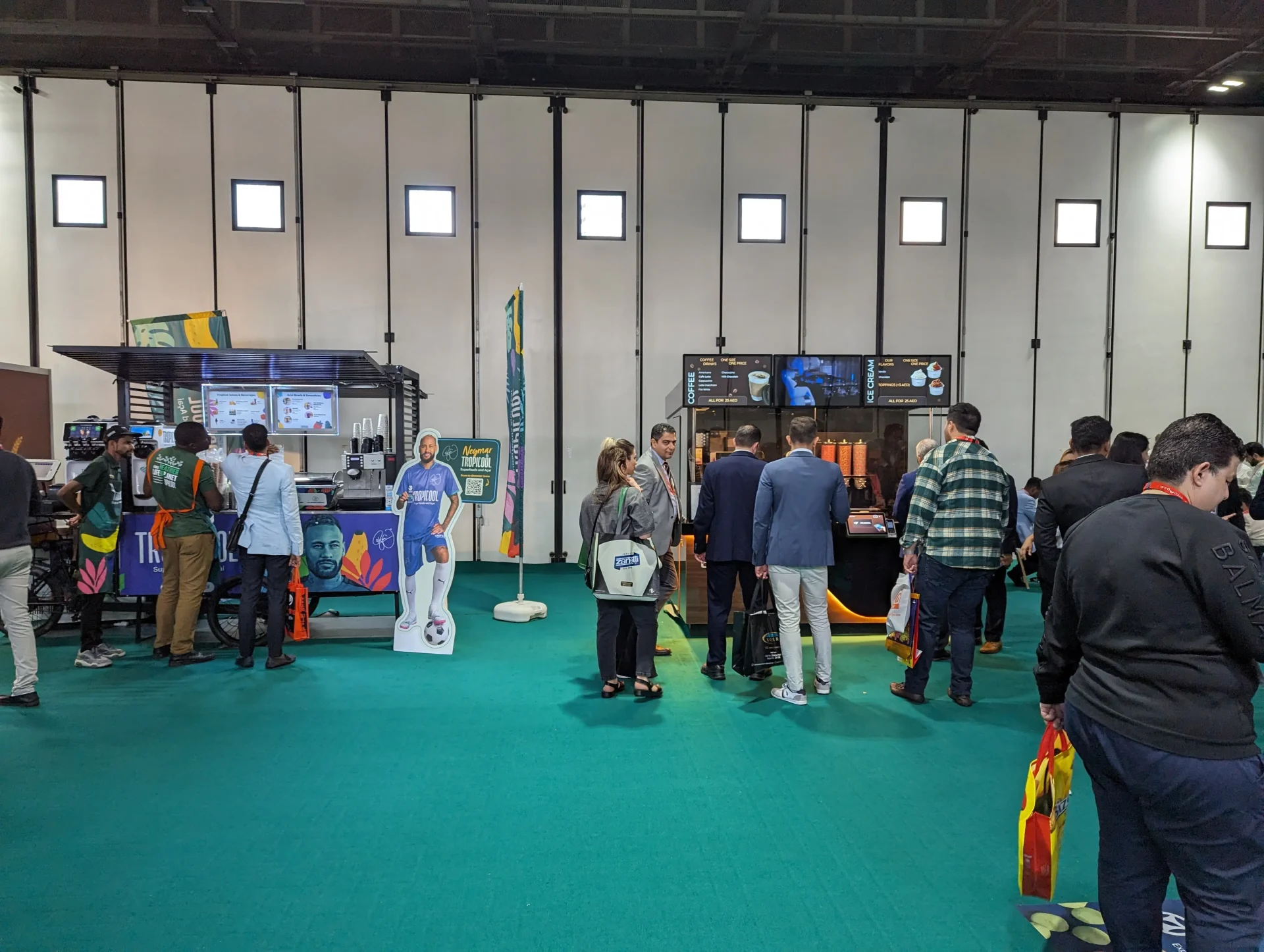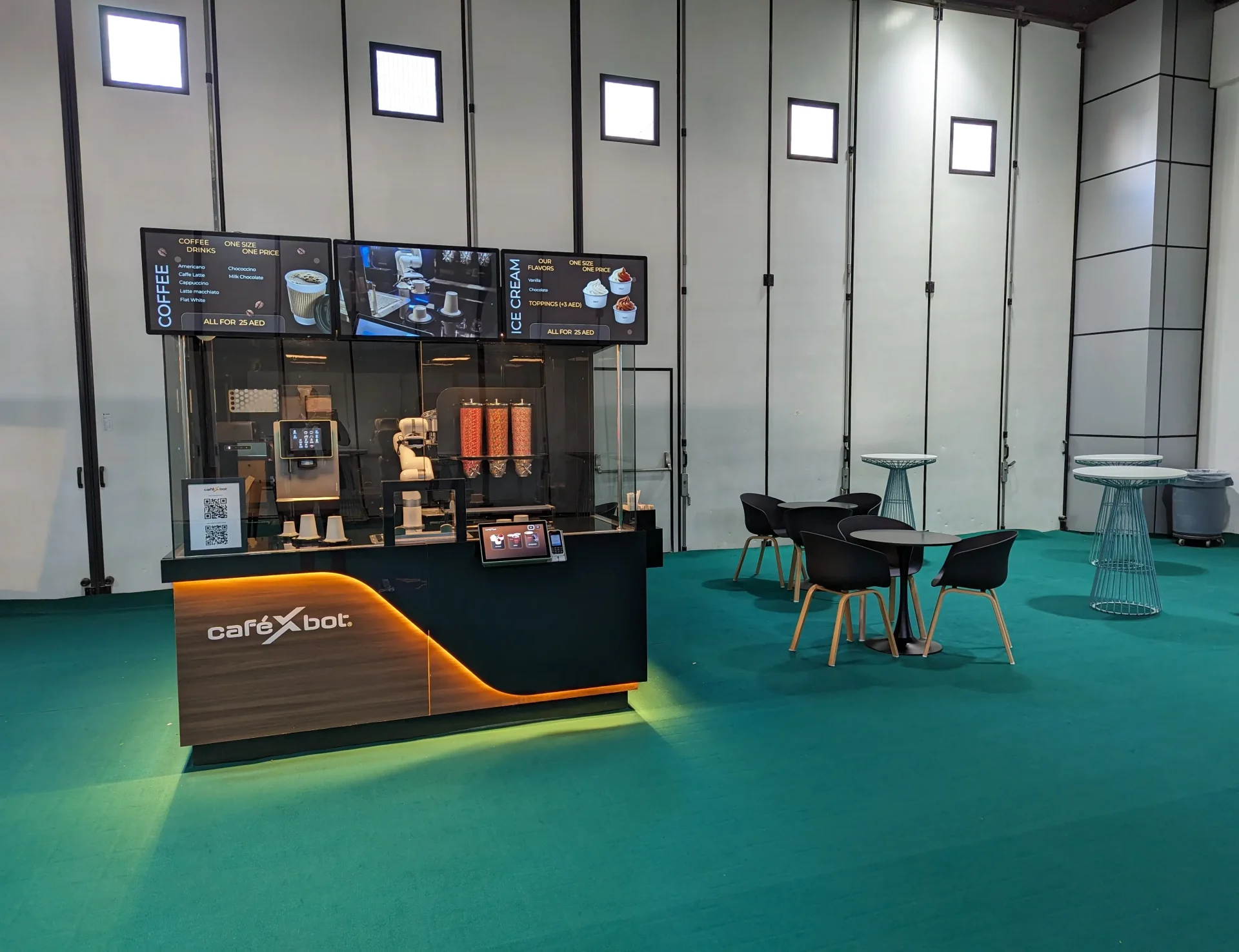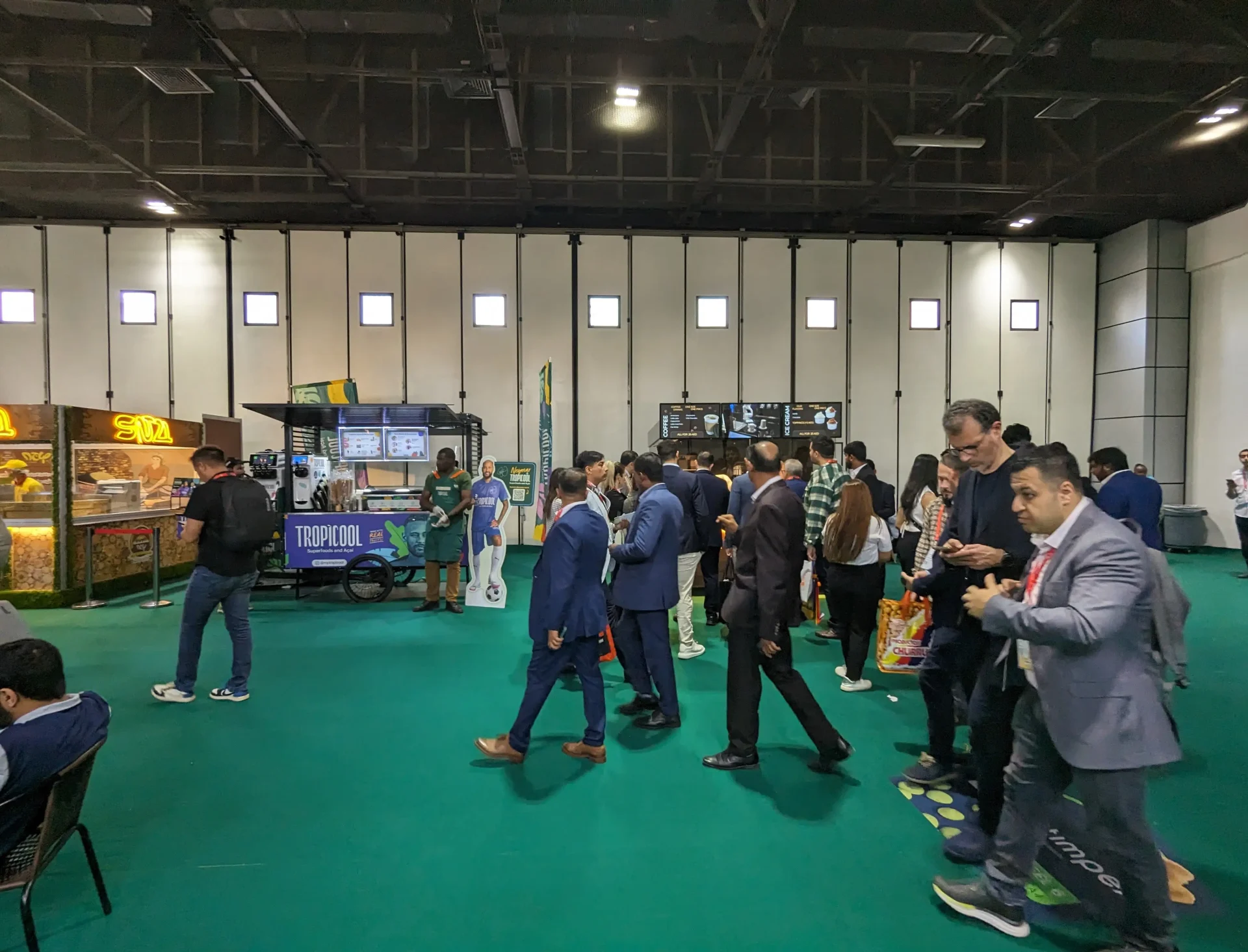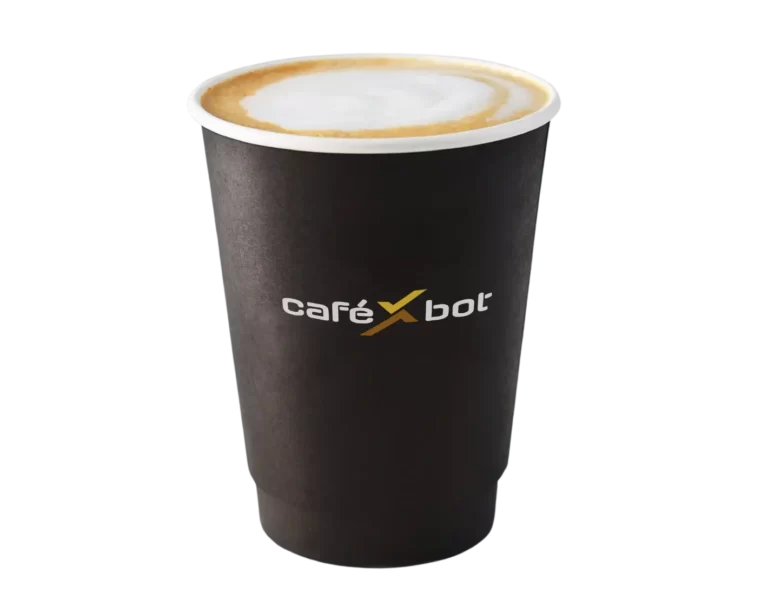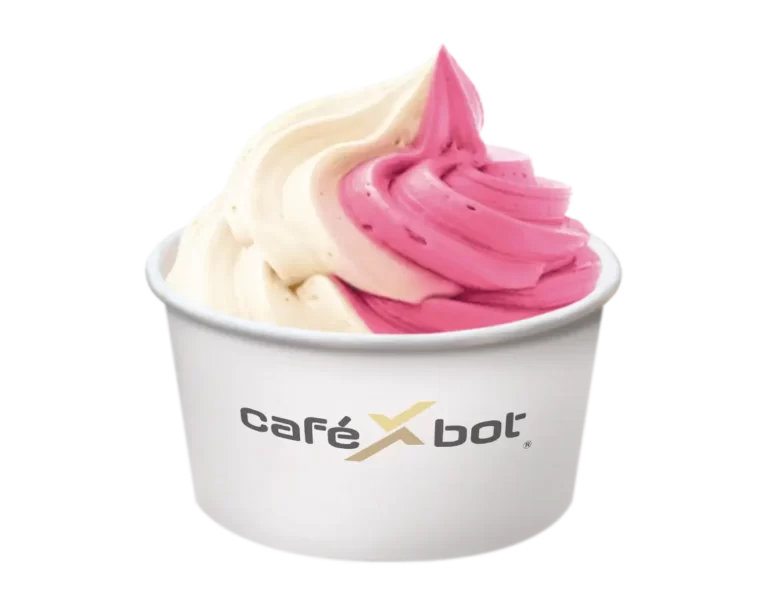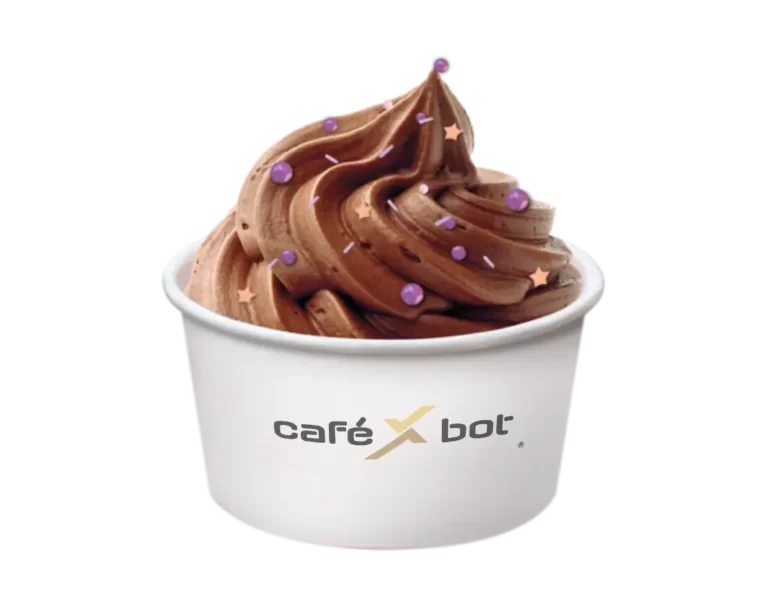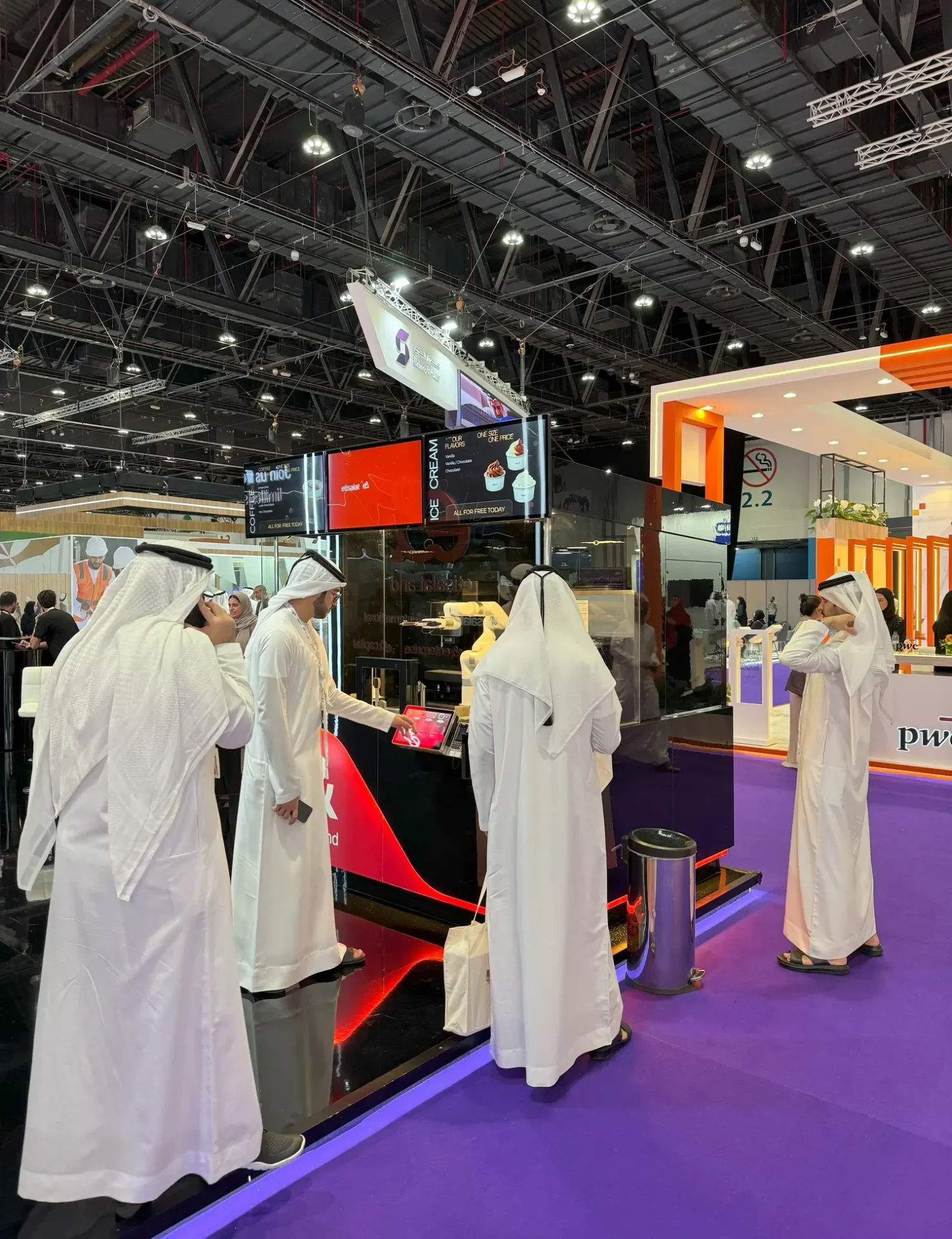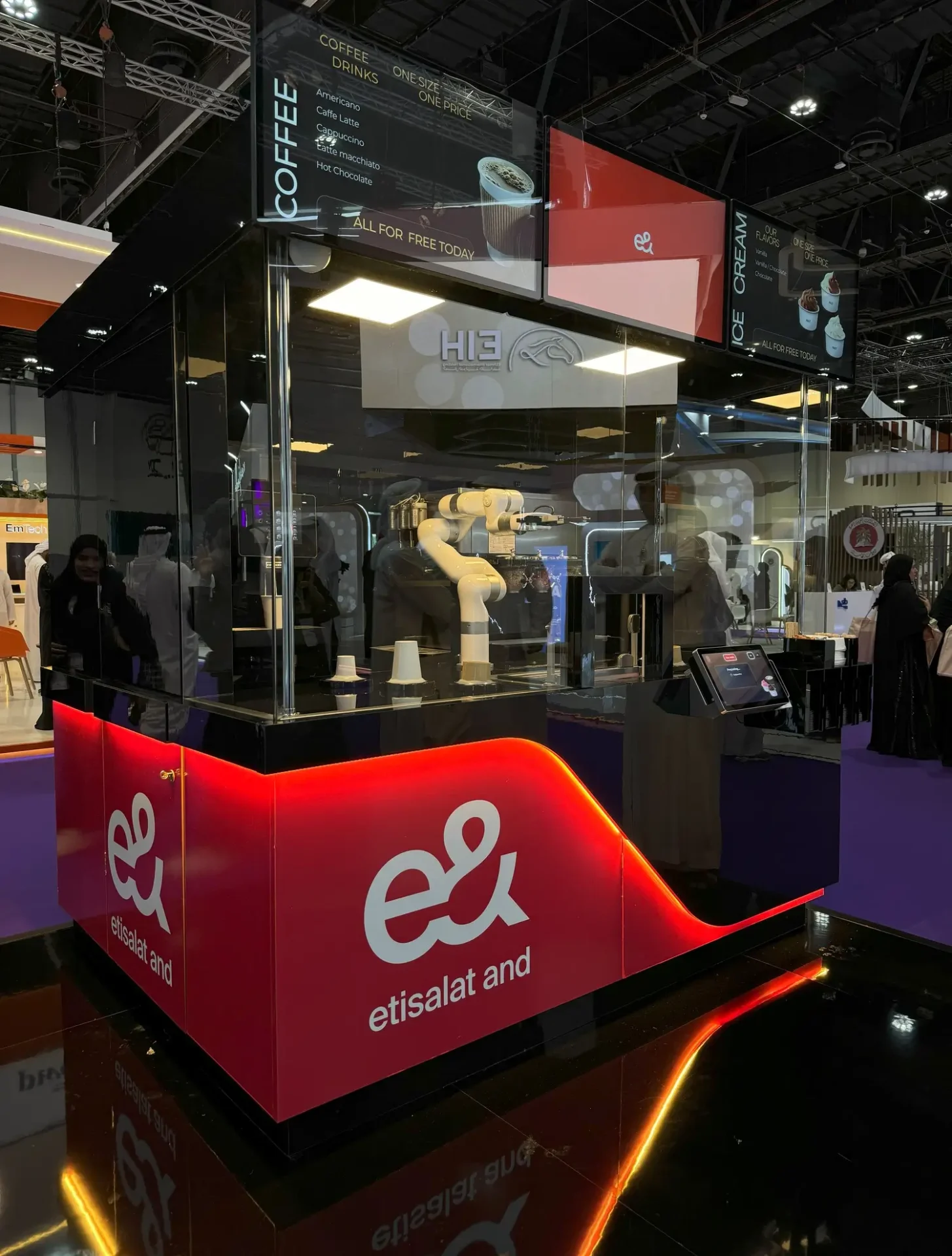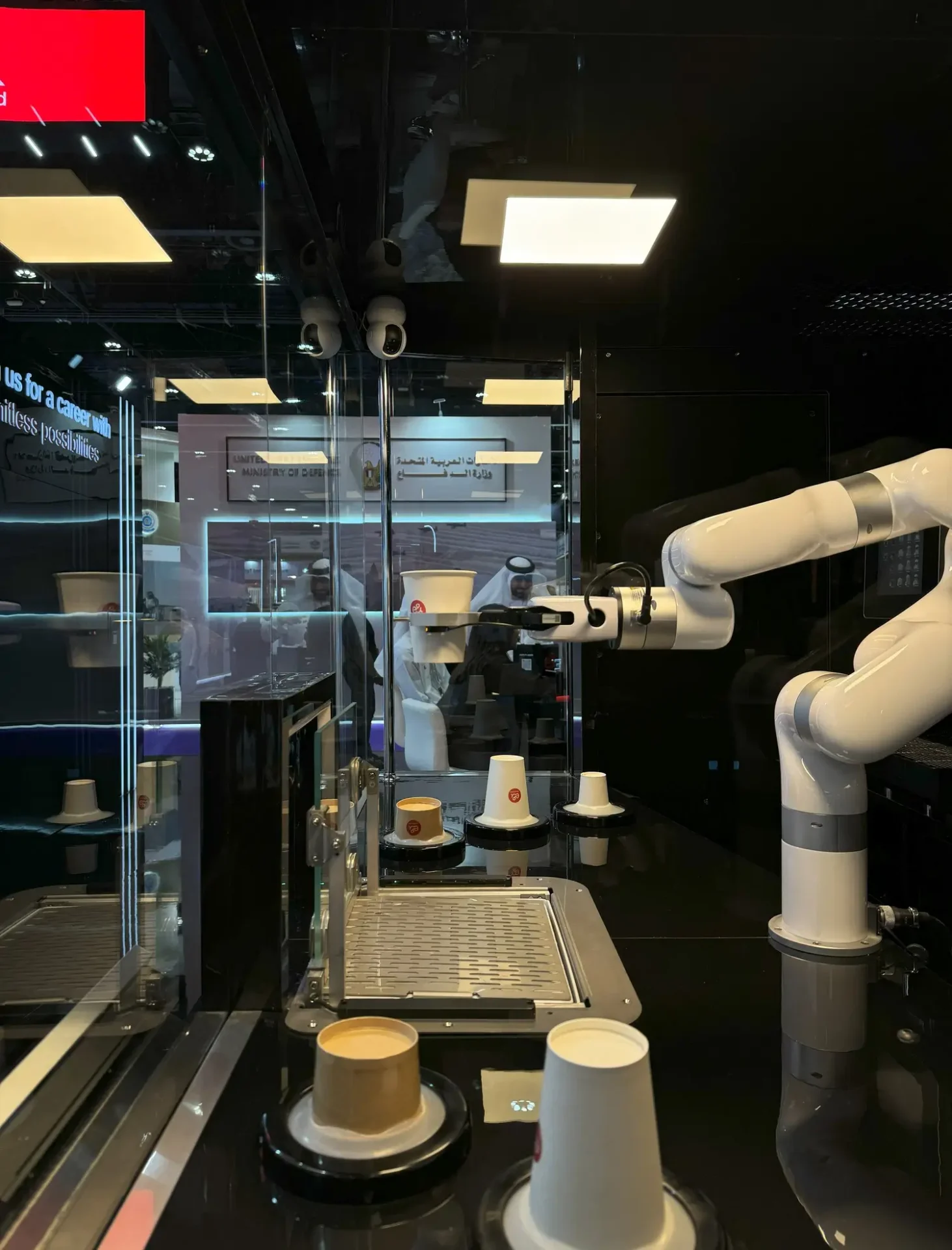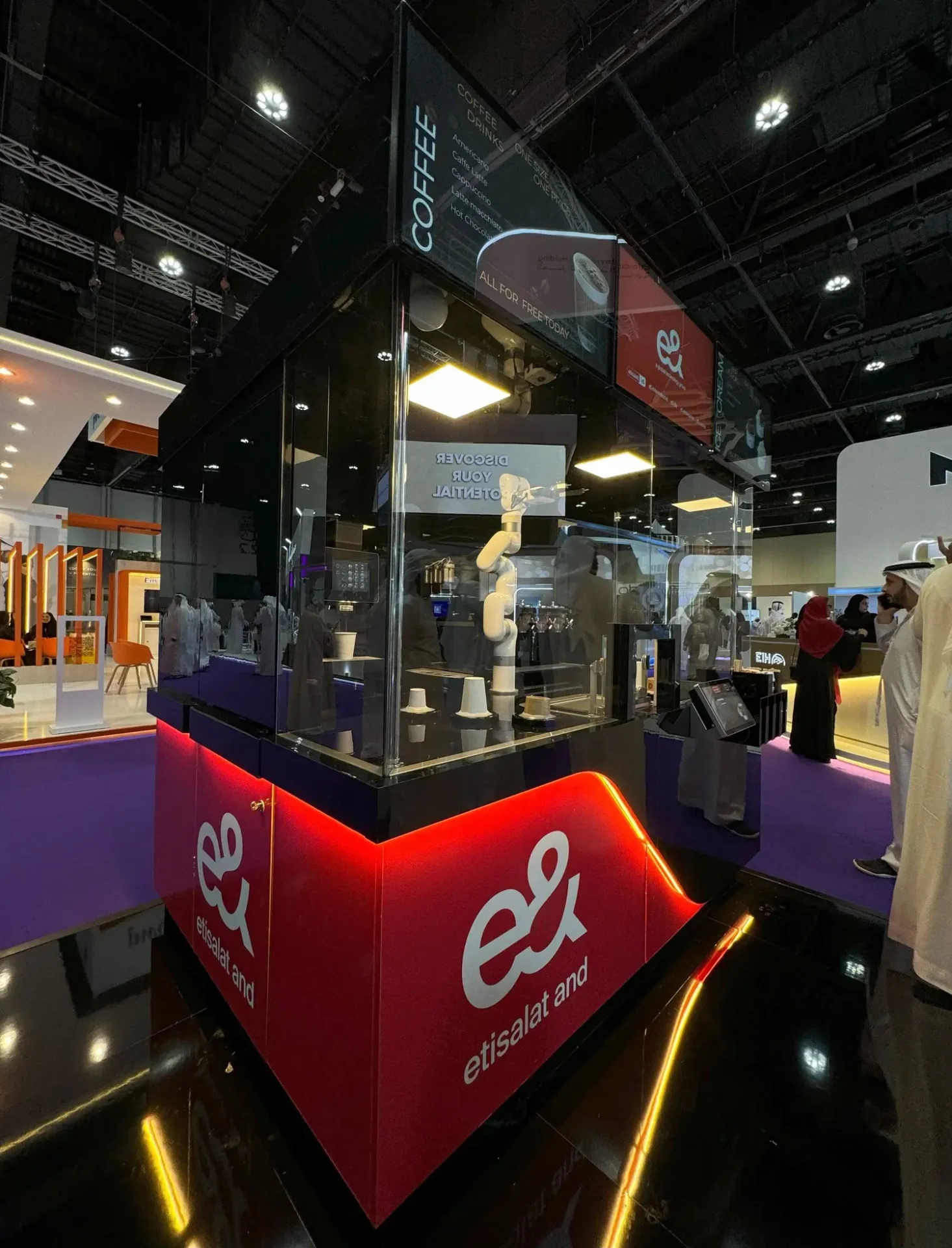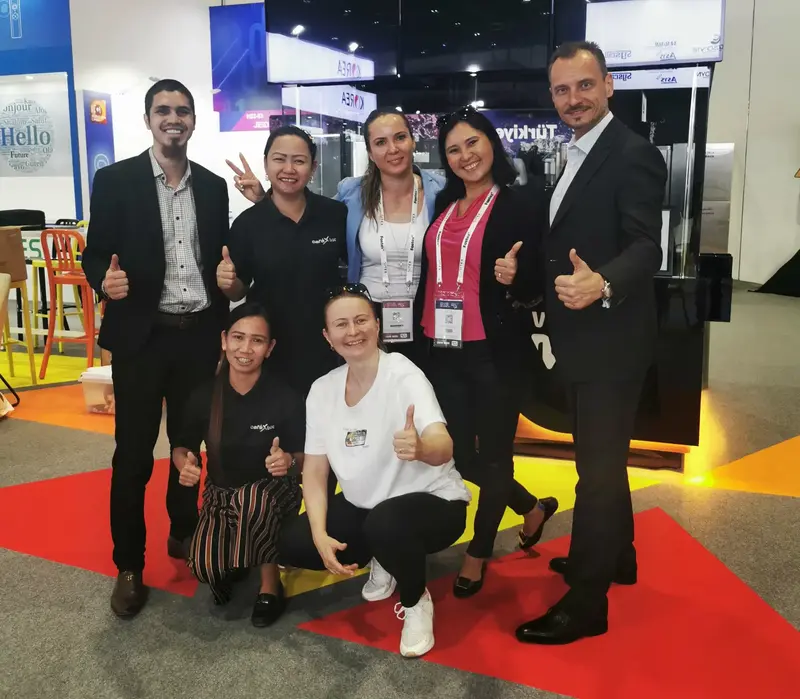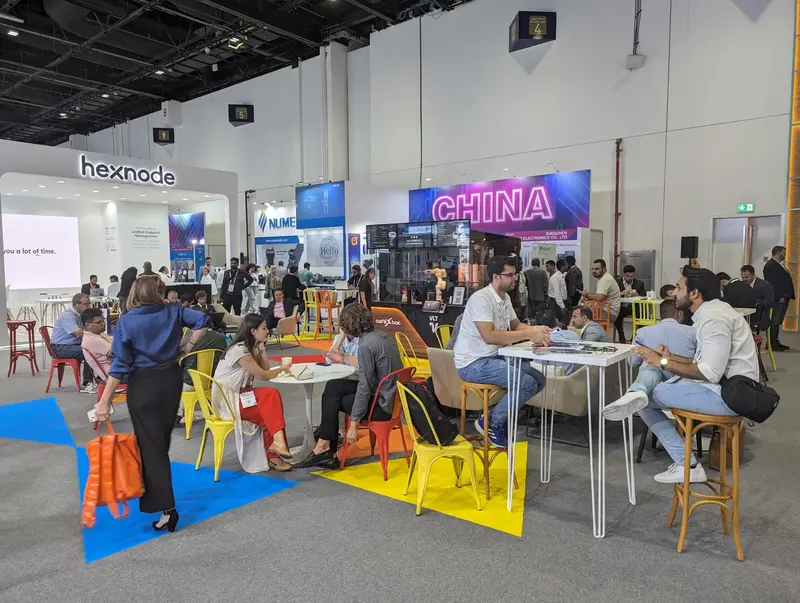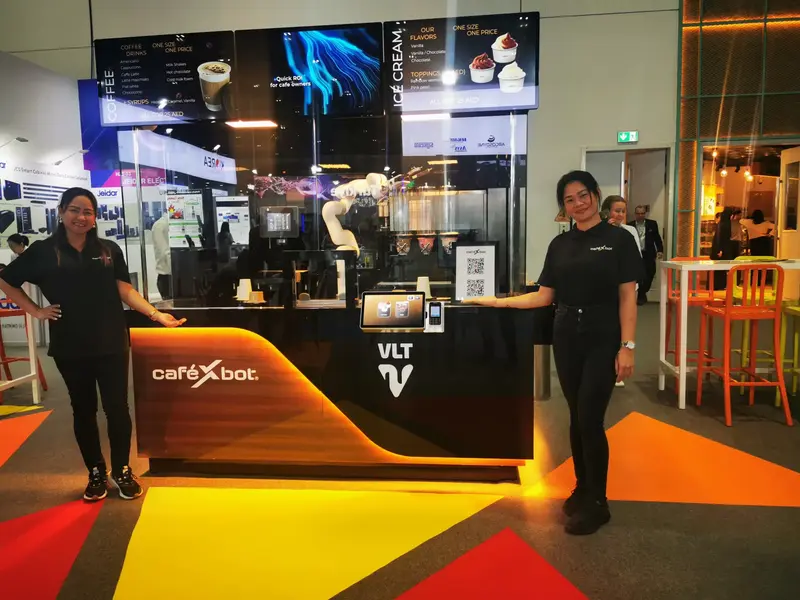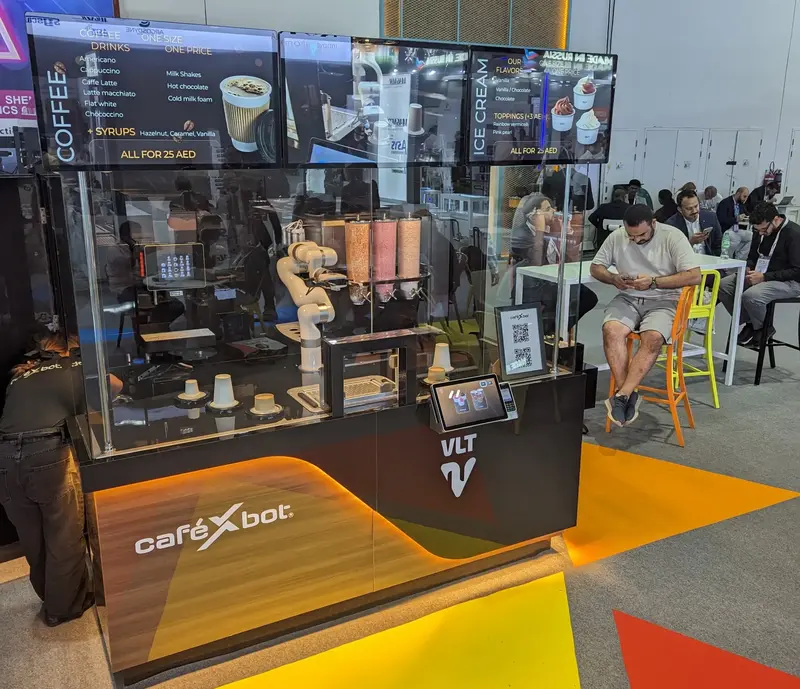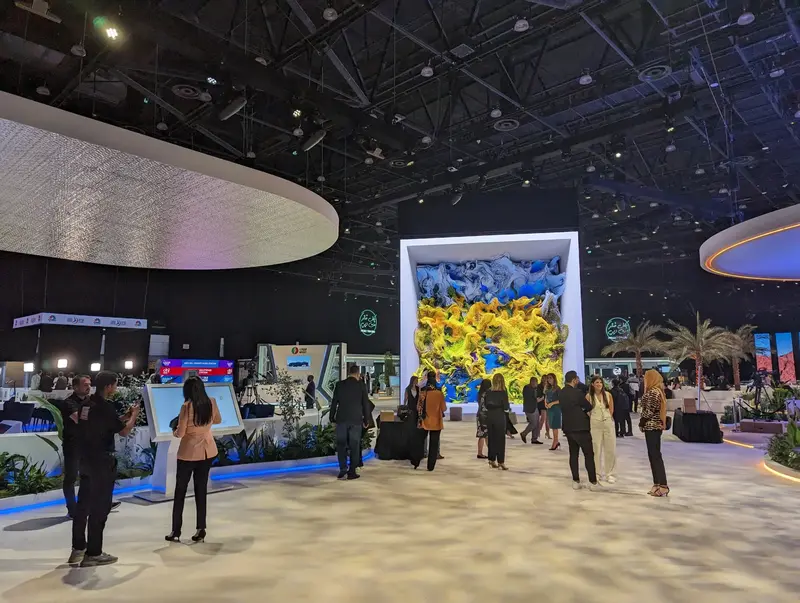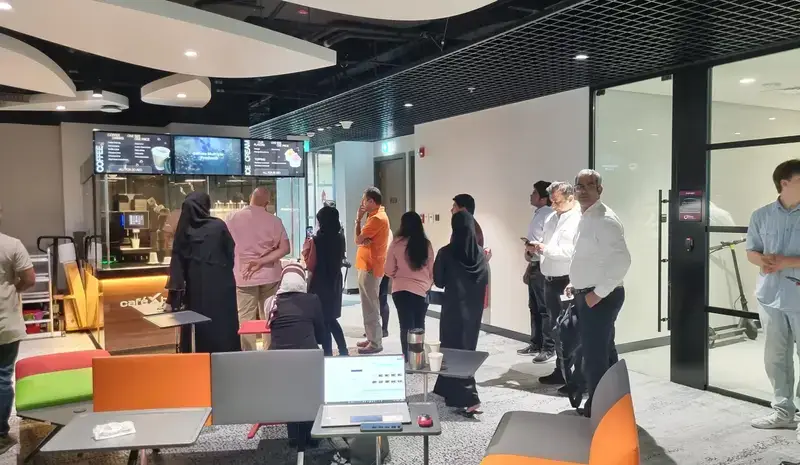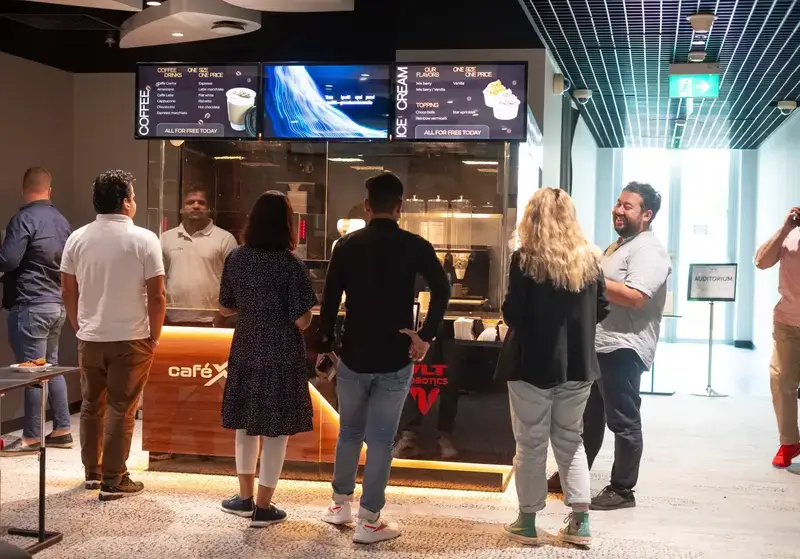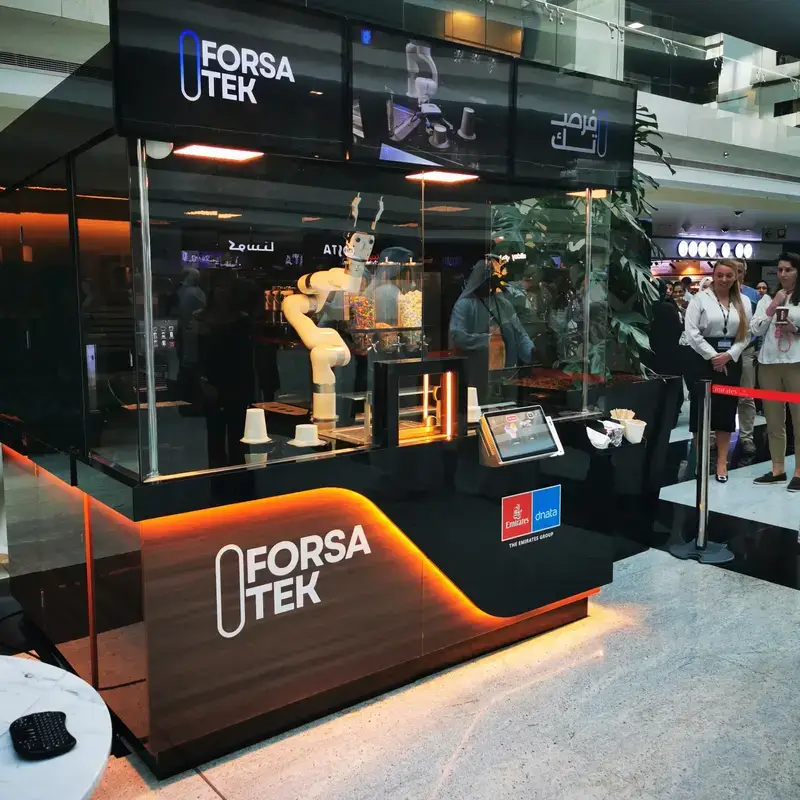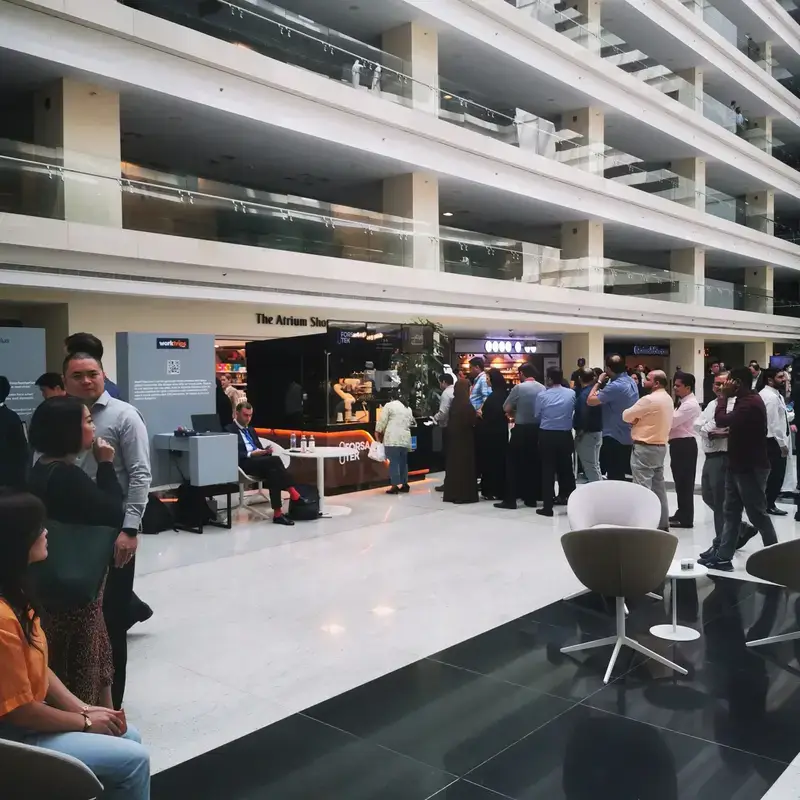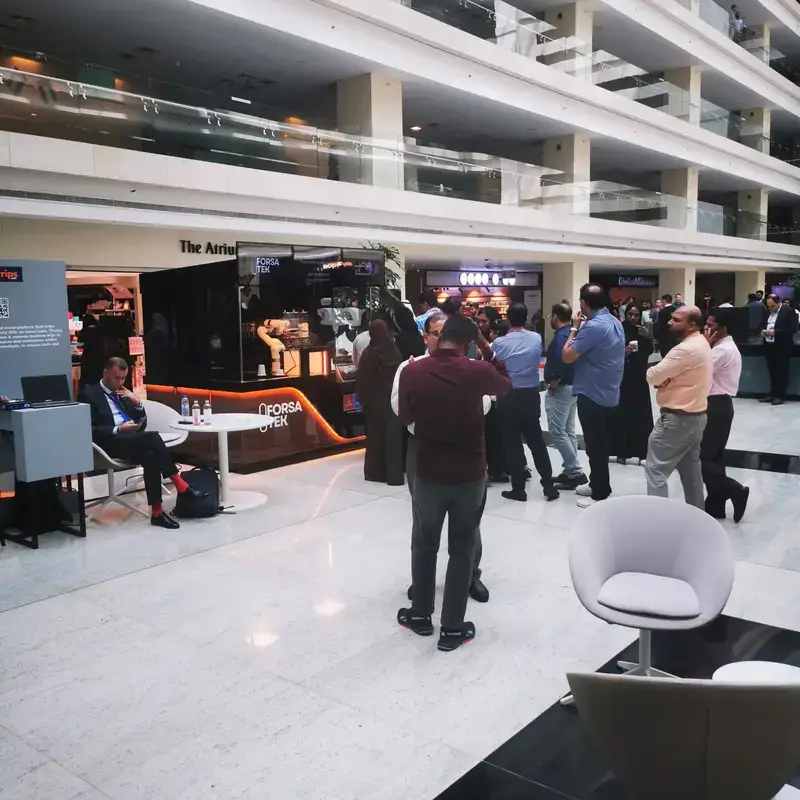
How Coffee Making Robots Are Revolutionizing the Beverage Industry: A Data-Driven Approach
The beverage industry is undergoing a transformative shift with the advent of
Coffee Making Robots, which leverage advanced automation technologies to enhance efficiency and productivity.
According to a report by Fortune Business Insights, the global coffee machine market is projected to reach $11 billion by 2026, with a significant portion attributed to automated systems. This rise in automation not only streamlines the coffee brewing process but also caters to the increasing consumer demand
for consistent quality and customizable options. A study by Research and Markets indicates that 51% of coffee lovers are interested in automated coffee solutions, highlighting a keen market appetite for innovation.
As Coffee Making Robots proliferate in cafes and homes alike, they promise to redefine the way coffee is produced, providing both
economic advantages and a superior customer experience.

The Rise of Coffee Making Robots: An Industry Overview
The beverage industry is witnessing a paradigm shift with the emergence of coffee making robots, a trend that is reshaping how coffee is brewed and served. According to a report by MarketsandMarkets, the global coffee machine market is projected to reach $20 billion by 2025, driven largely by technological advancements and consumer demand for convenience. These robotic systems not only enhance efficiency but also maintain consistency in quality, which is paramount in today’s competitive café landscape.

In addition to streamlining operations, coffee making robots are also capable of collecting valuable data. With features like customer preference tracking and brew strength customization, these machines provide insights that can help businesses tailor their offerings to meet consumer tastes. A study conducted by the Specialty Coffee Association indicated that 60% of consumers are willing to pay more for a premium coffee experience, suggesting that robots can play a crucial role in delivering this value.
Tips: Consider integrating coffee robots into your business to enhance service speed and consistency. Additionally, leverage the data collected by these machines to fine-tune your menu and marketing strategies, ensuring you remain aligned with evolving consumer preferences. Embracing this technology can significantly elevate the customer experience and drive sales growth.
Comparative Analysis of Traditional Baristas vs. Coffee Robots
The emergence of coffee-making robots is transforming the beverage industry, especially when comparing their capabilities to traditional baristas. The recently launched 6th generation coffee robot showcases impressive efficiency, with the ability to prepare a cup of coffee in just 50 seconds. This innovation not only meets the increasing demand for quick service but also ensures consistent quality, making it a strong competitor to skilled human baristas.
Tips for those considering integrating coffee robots into their business include evaluating the initial investment versus long-term savings. While the cost of advanced coffee robots can be significant, their 24/7 operational capability can lead to increased revenue without the need for a full staff. Additionally, coffee robots can be programmed to memorize thousands of recipes, offering customers a diverse menu without the extensive training needed for human employees.
Moreover, beyond coffee, these robots can be designed for multifunctionality, potentially serving other beverage options, enhancing operational versatility. As businesses adapt to new technologies, understanding the balance between human touch and automation will be crucial in delivering exceptional customer experiences. Embracing coffee robots could lead to a further evolution of the café landscape, combining efficiency with innovation.

Efficiency Metrics: Robots vs. Human Baristas in Coffee Preparation
The integration of robotics in coffee preparation is transforming the beverage industry, particularly in terms of efficiency metrics. Recent data indicates that robotic baristas can prepare a cup of coffee in as little as 30 seconds, substantially reducing the wait time for customers compared to human baristas, who typically take about 2 to 3 minutes per order. This speed not only enhances customer satisfaction but also increases the output capacity during peak hours, with robotic systems capable of serving up to 200 cups per hour.
Moreover, studies show that robots maintain a consistent quality in coffee preparation, ensuring each cup meets predetermined standards. Research highlights that automated systems can reduce the margin of error to as low as 1%, while human baristas can experience variability due to fatigue or fluctuations in skill. The potential for data-driven insights, such as tracking customer preferences and optimizing coffee recipes in real-time, further positions robots as indispensable assets within the industry. As establishments increasingly focus on operational efficiency and customer engagement, the shift towards robotic coffee makers is poised to reshape traditional coffee service dynamics.
Efficiency Metrics: Robots vs. Human Baristas in Coffee Preparation
Quality Control: Taste Tests and Customer Feedback of Coffee Robots
The rise of coffee-making robots has transformed the beverage industry by introducing a new level of precision and consistency. These robotic baristas are designed to meet the demands of coffee aficionados by automating the brewing process, ensuring each cup is crafted with meticulous care. However, the true test of their success lies in taste tests and customer feedback. By analyzing data from a range of blind taste tests, companies can gauge how closely the flavors of robot-brewed coffee align with those crafted by skilled human baristas.
Customer feedback plays a critical role in refining the technology behind coffee-making robots. Surveys and reviews not only provide insights into flavor preferences but also highlight aspects of the coffee experience that may be lacking, such as aroma and presentation. By integrating real-time analytics from consumer responses, manufacturers can continuously improve the algorithms and brewing techniques used in these machines. This data-driven approach ensures that the robots do not just replicate human methods, but evolve to meet the dynamic tastes of coffee drinkers, creating a perfect blend of innovation and tradition in every cup.
How Coffee Making Robots Are Revolutionizing the Beverage Industry: A Data-Driven Approach
| Robot Model | Coffee Type | Average Taste Score (out of 10) | Customer Feedback (%) | Consistency Rate (%) |
|---|---|---|---|---|
| Model A1 | Espresso | 9.2 | 95% | 98% |
| Model B2 | Latte | 8.5 | 88% | 95% |
| Model C3 | Cappuccino | 9.0 | 90% | 97% |
| Model D4 | Americano | 8.8 | 85% | 96% |
| Model E5 | Mocha | 9.1 | 92% | 98% |
Cost-Benefit Analysis: Investment in Coffee Robots vs. Staffing Solutions
As the beverage industry seeks efficiency and cost reduction, coffee-making robots are emerging as a viable alternative to traditional staffing solutions. A recent report from the Beverage Industry Association indicates that labor costs in coffee shops account for approximately 30% of total expenses. In contrast, investing in coffee robots, which can range from $15,000 to $50,000, promises a significant return on investment by streamlining operations and reducing ongoing labor expenses. Although the initial investment is substantial, the robots can work continuously without breaks, effectively increasing productivity and improving service delivery.
Furthermore, a study by the National Coffee Association highlights that nearly 60% of consumers prefer their coffee service to be automated, showcasing a growing acceptance of such technology. With robotic systems capable of precisely measuring ingredients and ensuring consistency in beverage quality, businesses can enhance customer satisfaction while mitigating the risks associated with human error. By analyzing the long-term savings from reduced labor costs and improved customer experiences, many establishments find that transitioning to robotic solutions not only meets immediate financial goals but also positions them favorably in an increasingly competitive market.
Related Posts
-

Future Innovation in Coffee Robotics Transforming Global Coffee Procurement by 2025
-

The Definitive Handbook to Sourcing the Best Coffee Machine Robots for Your Business
-

Comprehensive Insights into 7 Key Features of Robot Coffee Vending Machine for Global Buyers
-

Ultimate Guide to Selecting Your Perfect Coffee Robot for Business Success
-

Innovative Approaches to Maximizing Efficiency in Coffee Automation Solutions
-

7 Essential Tips for Choosing the Best Robot Coffee Vending Machine to Boost Your Business







